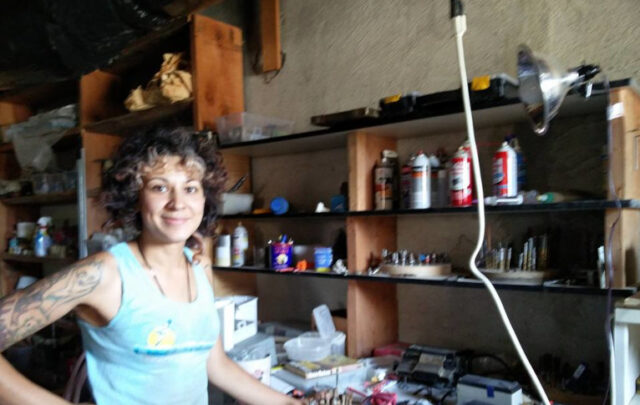Don’t use doomers to downplay the danger
A critique of Pilita Clark’s “The scourge of climate doomism”
*
In her recent article, Pilita Clark takes aim at climate doomers. She concedes that giving into doom is ‘alluring’, given the chaos we see in the climate system. But doomers are ultimately unhelpful, she claims. Their disposition and philosophy encourage lethargy and apathy, which are incompatible with real climate action.
Clark not only castigates them, but also apparently has the solution to their woes in her back pocket. She points out that, based on discussions with eminent academics such as Tim Lenton, no one thinks Earth is on course for an ambient temperature of 475 degrees Celsius. This is, apparently, what doomers are worried about. They are entitled to a little ‘alarm’ over Atlantic ocean temperatures, perhaps even some ‘fear’, but their predictions of “climate-influenced societal collapse” are unfounded.
If you are wondering where this astronomically high temperature comes from, you’ll have to look to astronomy. Clark is talking about a (virtually impossible) scenario where climate change triggers a global tipping point. After this point, the greenhouse effect is strengthened to such a degree Earth comes to resemble Venus. A planet where the oceans boiled away, the sky rains acid, and lead melts on the surface. Thankfully, Clark points out that this is unlikely, so worrying about climate-induced collapse is irrational.
There are two problems with this reasoning. One, no one is claiming a Venusian earth is even remotely likely. Two, it would take a lot less than a Venusian climate to topple a civilization.
Lenton, helpfully mentioned by Clark, provides some insight here. He has worked extensively to show how (natural) climate variation has driven the fall of civilizations before. All of these collapses were precipitated by less than 1°C above or below the Holocene baseline. The Little Ice Age (1300–1850), for example, was a mere 0.8°C below the baseline. Now we are on course for 3°C above, and it could easily be higher.
A world of 3°C is one of barren breadbaskets, failing infrastructure, unlivable cities, and mass extinction: a harrowing path even for a civilization that can adapt. The climate scientist Julia Steinberger doubts we could even adapt to 2°C. This is what the climate doomers are worried about, not Venus.
Clark has created a threadbare strawman to try to downplay the enormity of the challenge, and dangers, we face. She caricatures the opinion of a cohort of statistically astute, emotionally distressed individuals to dismiss an outcome that is difficult to think about. The association of a crackpot theory with the very real fragility of society does nothing but obscure the urgency of our situation.
Losing our civilization, or at least vast portions of it, is eminently possible. The apathetic negativity of the doomers may be unhelpful, but we cannot be blind to the very real risks of climate-related collapse.
We may not end up like Venus, but we are already at the brink of a hot, unstable world well beyond our ability to cope as a civilization.





